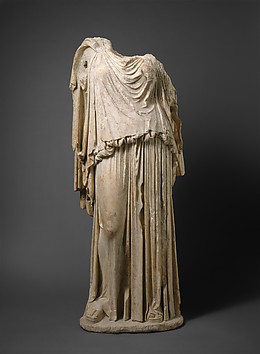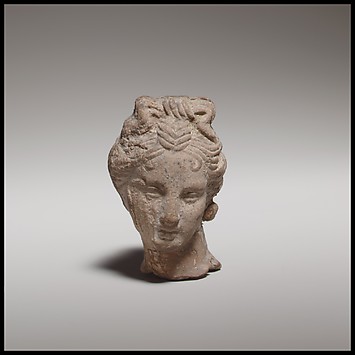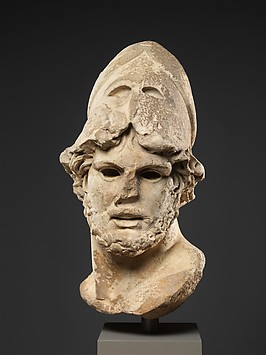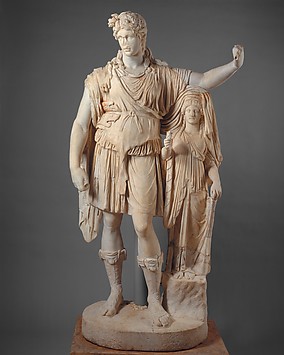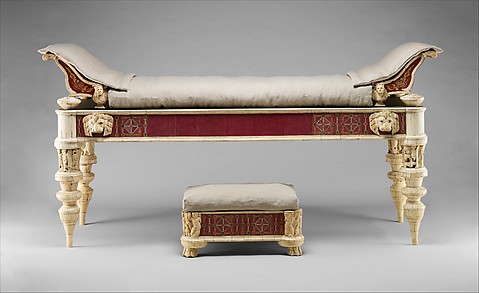History of the Department
Although the Department of Greek and Roman Art (originally the Department of Classical Art) was not formally established until 1909, the art of ancient Greece and Rome has figured prominently in The Metropolitan Museum of Art from the time of its founding in 1870. The very first object to enter the Museum's collection was an impressive Roman sarcophagus that occupies a prominent place today in the New Greek and Roman Galleries that opened in April 2007. Among the largest groups of works to enter the fledgling institution after this inaugural acquisition were the several thousand Cypriot antiquities purchased by subscription (in two installments, 1874 and 1876) from General Luigi Palma di Cesnola, who subsequently served as the Metropolitan's first director, from 1879 to 1904. Four rooms devoted to Cypriot art are located on the second floor of the Museum, and many other pieces from the collection are displayed throughout the Greek and Roman galleries.











